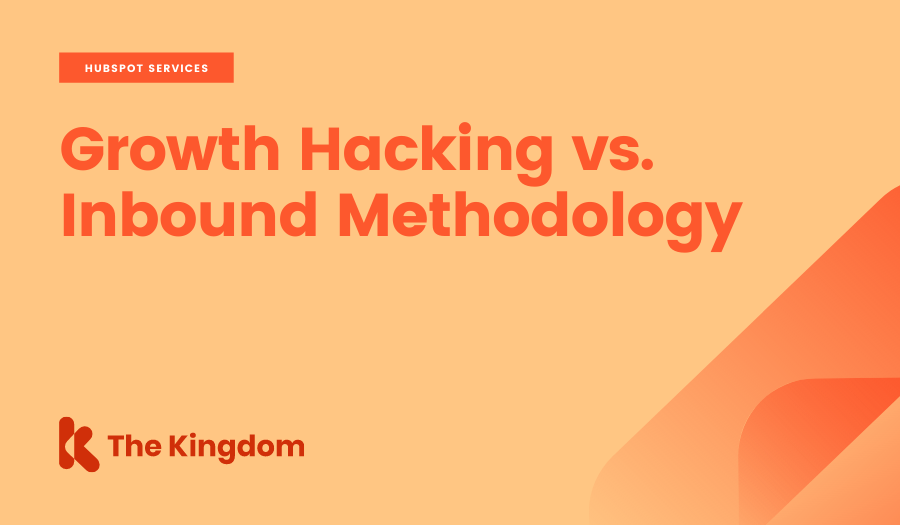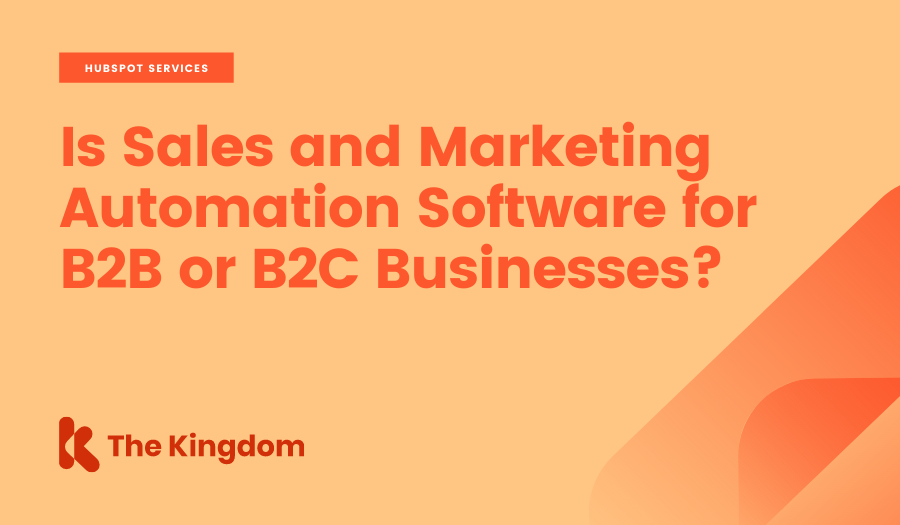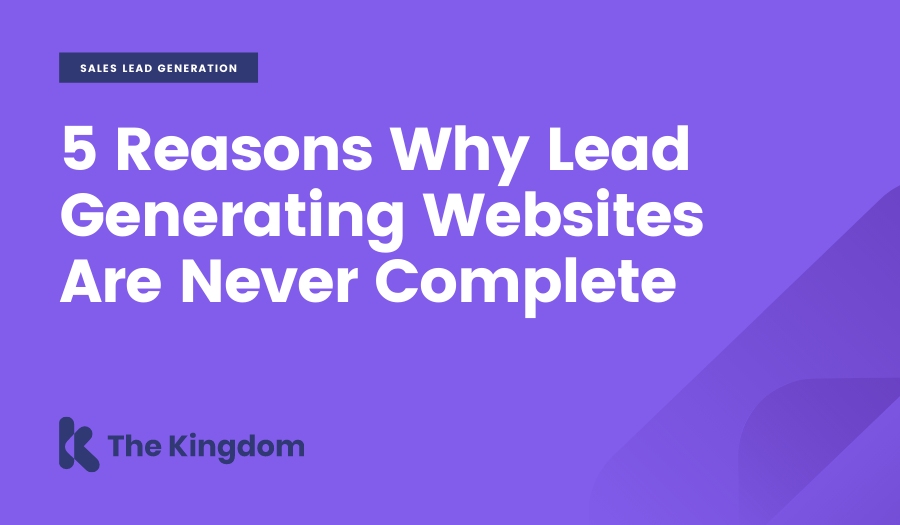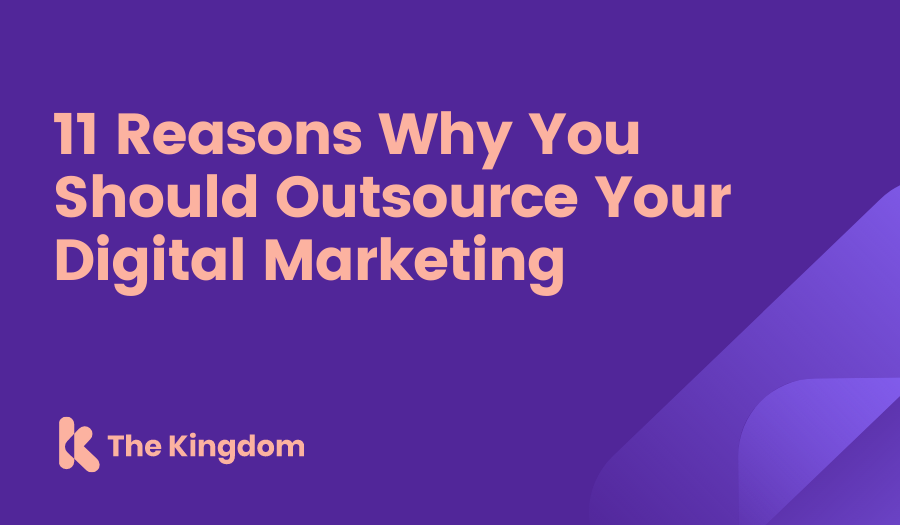As someone interested in digital marketing, you’ve probably heard the terms “inbound marketing” and “growth hacking.” Inbound marketing and growth hacking are the most popular strategies for marketing growth right now. They’re discussed by marketing experts the world over, and often in a way that says you must choose one or the other.
Yet why is this inbound marketing vs. growth hacking debate even discussed at all? Why are there so many people who loudly proclaim one to be better than the other? And what’s the answer to the most important question: which is better, inbound marketing or growth hacking?
Defining Inbound Marketing
Inbound marketing is an approach focused on attracting customers through content and interactions that are relevant and helpful — not interruptive. With inbound marketing, potential customers find you through channels like blogs, search engines, and social media.
Inbound marketing is a carefully-considered and holistic digital marketing strategy. Inbound marketing aims to position the brand, organisation, cause, or business you’re promoting as a trusted expert. The result is not only top-rated SEO, but a strong and trusting relationship with your website visitors.
This relationship and the information your marketing system gathers allows your sales people to easily identify the your best prospects. The result is more targeted sales efforts that convert at a higher rate.
Defining Growth Hacking
Growth hacking is a process of rapid experimentation across marketing channels and product development to identify the most effective, efficient ways to grow a business. Growth hackers are marketers, engineers and product managers that specifically focus on building and engaging the user base of a business.
Growth hacking refers to a set of both conventional and unconventional marketing experiments that lead to growth of a business.
Growth hacking, by contrast, is a mindset that encourages you to experiment. Growth hackers will try whatever tactics they think might help you gain traction and followers. Growth hacking is particularly popular with low-budget organisations like start-ups. Many businesses have used it sucessfully to gain followers, investors, and customers.
Are Inbound Marketing and Growth Hacking Opposites?
If you’ve read anything about inbound marketing or growth hacking, it’s likely that you’ve seen them framed against one another. Inbound marketers, in particular, are wary about growth hacking. The mindset of "get traffic" can lead to some tactics that are underhanded or unethical. These "black hat" tactics can break trust with your customers and visitors. Since building trust is a huge underlying tenet of inbound marketing, that’s often seen as a bad thing.
Examples of controversial growth hacking practices include:
-
Posting to your follower’s social media accounts without their permission
-
Gating your site or content behind accounts or paywalls
-
Pop-ups that require a visitor fill out their contact details
While these techniques can be annoying as a user, the questions we’re all interested in is: do they work?
The short answer is yes. Growth hacking, by its very nature, is just a series of experiments to see if you can grow your follower, visitor, and customer count. If you keep experimenting, you’re bound to hit on at least some successes. Yet the concern that many inbound marketers have is: at what cost? Experiments that destroy trust, like unauthorised posting to a visitor’s social media account, are definitely not inbound-approved. Yet a eBook landing page form that requires you share the eBook on social media can be a great way to promote your product.
Is it Possible to Growth Hack Inbound Marketing?
With some simple best practices, there isn’t any reason why you can’t adopt a growth hacking mindset and use it to inform your inbound strategy. As long as the growth hacking experiments and tactics help your visitors build trust, they work very well together.
Simple examples of how to growth hack your inbound site include:
-
Using pop ups on a thank you page or at the end of an eBook asking if your readers would like to share it with their friends on social media
-
Collecting top-performing content and converting it into a free download
-
Analysing your keyword ranking opportunities and refreshing older content with them
-
Generating customised coupon codes for your customers that add credit to the original customer’s account when used
-
Write about related products or services – then ask to be featured on their site as a guest blogger, podcaster, or video blogger
One caution as you begin your growth hacking experiments: make sure that they are still aligned with your inbound strategy. Your inbound marketing assets should be created in such a way as to encourage your visitors to journey down the sales funnel. The goal of your hacks, then, should be to introduce more people to your funnel.
With a well-crafted inbound strategy and some experimental growth hacks, you’ll be collecting contacts to fill your sales funnel and convert visitors into customers in no time!




